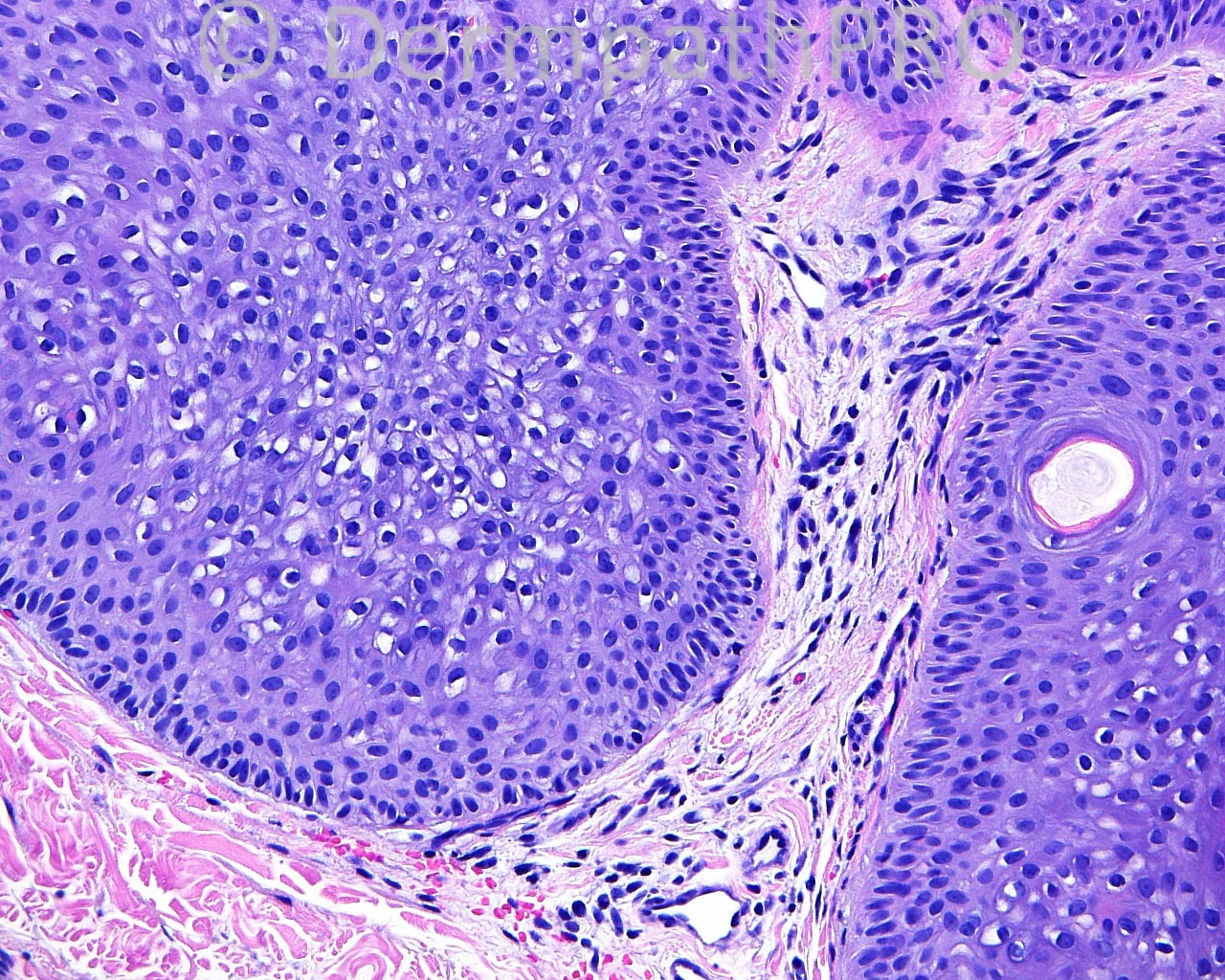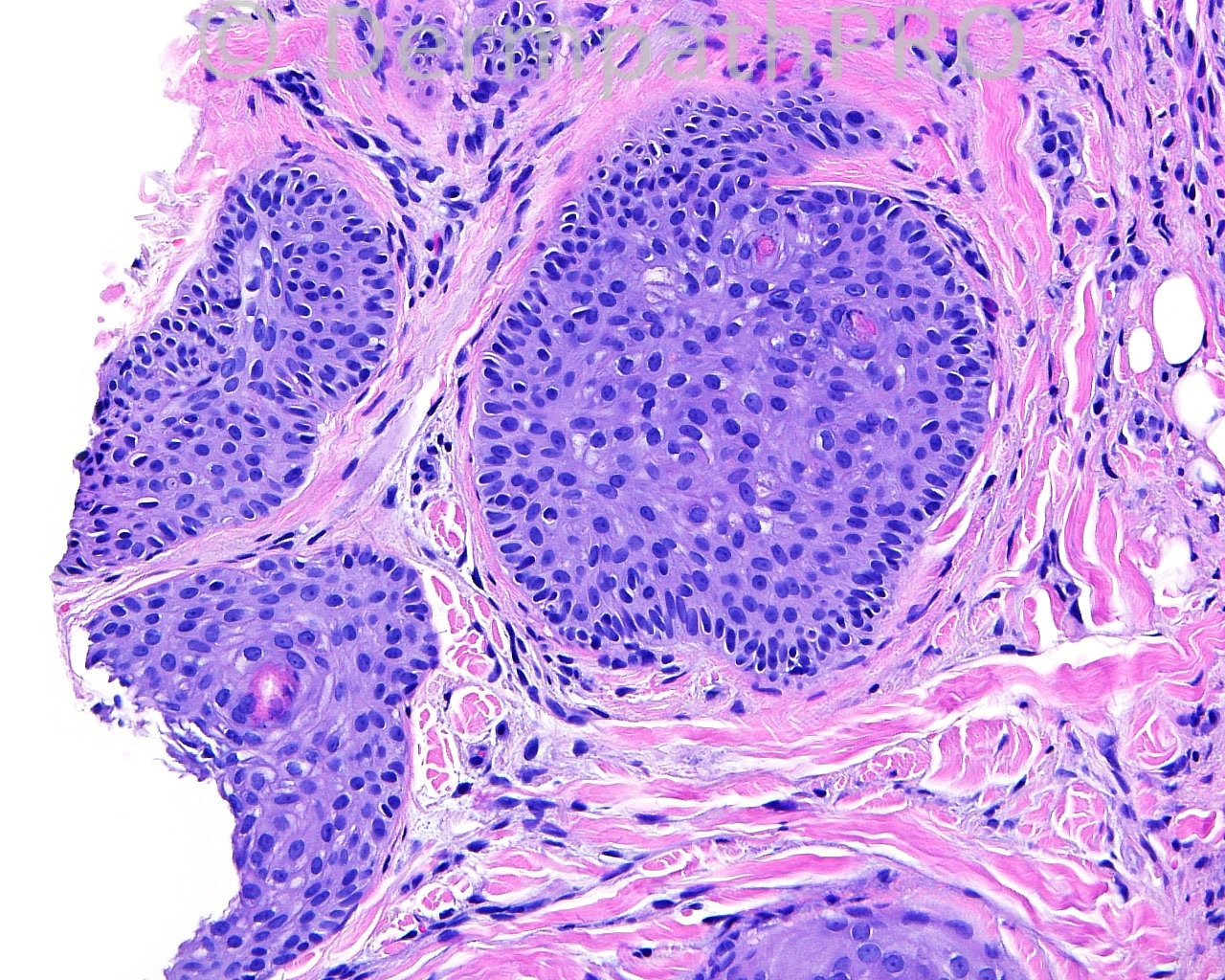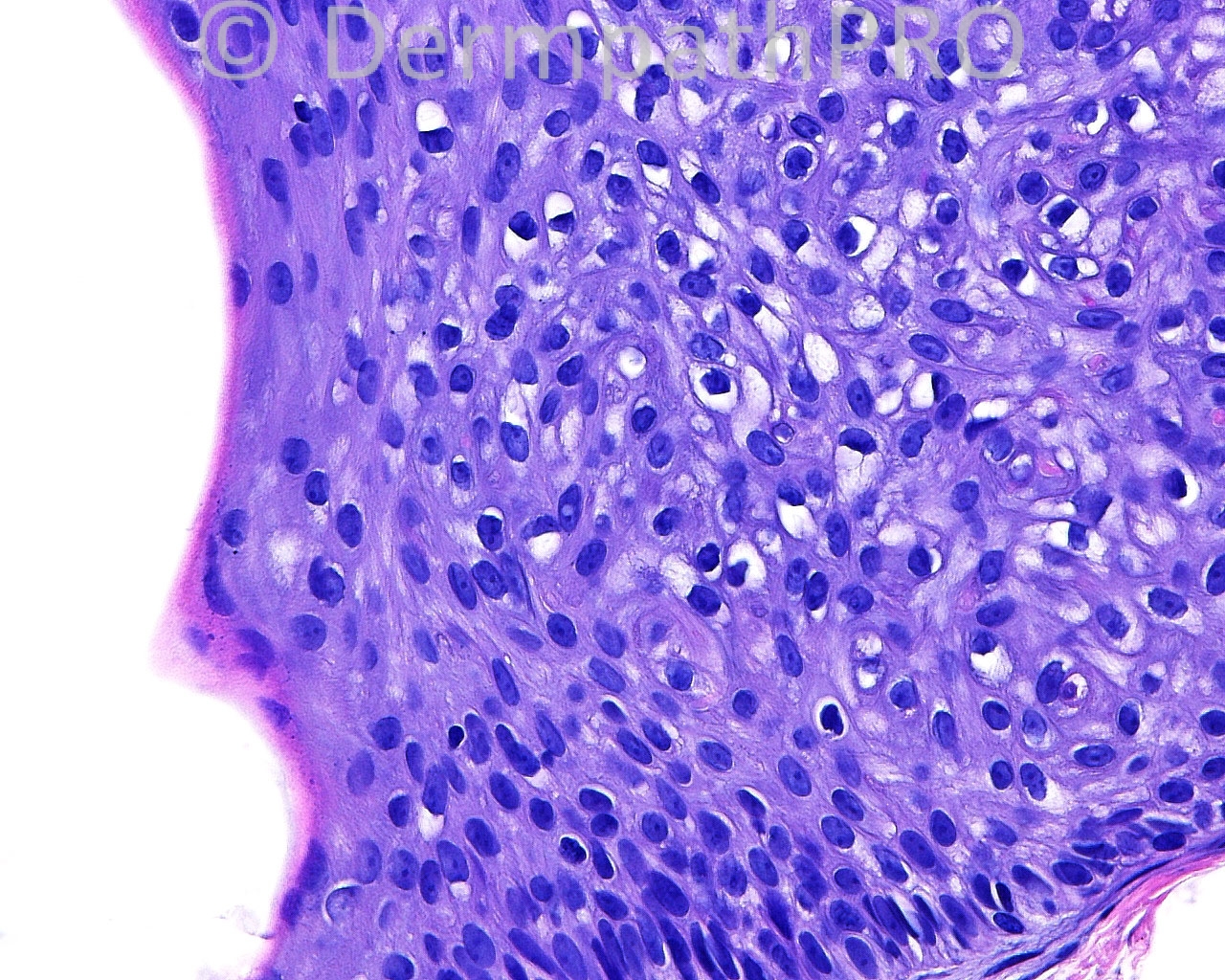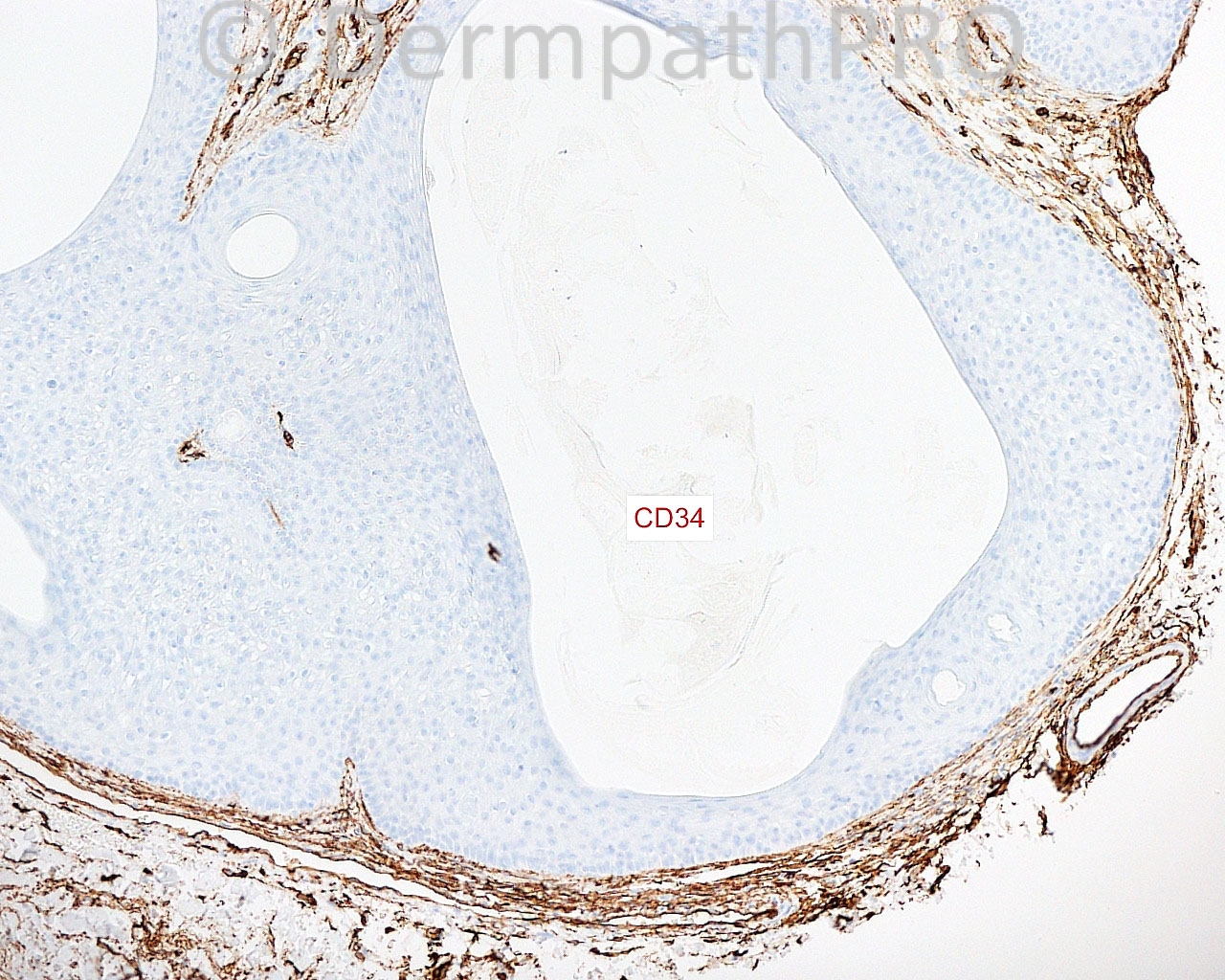Case Number : Case 988 - 7th April Posted By: Guest
Please read the clinical history and view the images by clicking on them before you proffer your diagnosis.
Submitted Date :
The patient is a 52 year old white man with a punch biopsy of a changing, small, ulcerated lesion on the right upper lip.
Case posted by Dr. Mark Hurt.
Case posted by Dr. Mark Hurt.








Join the conversation
You can post now and register later. If you have an account, sign in now to post with your account.